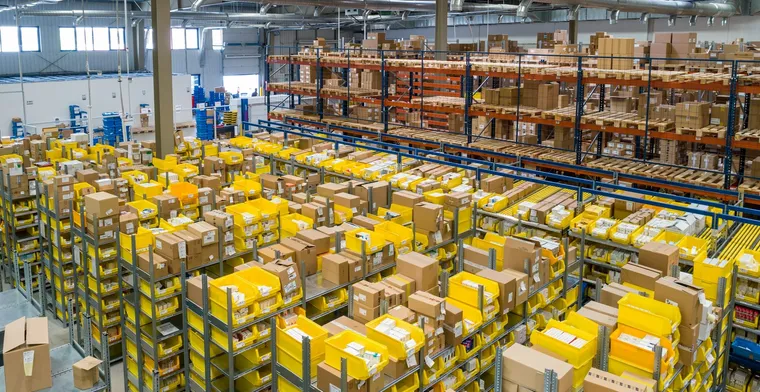Embracing this system pivots around the use of Radio Frequency Identification (RFID) technology, a tech marvel comprising of tags and readers communicating wirelessly. This revolutionary technology, often utilized in the healthcare sector among others, makes tedious tasks such as inventory control and equipment tracking as simple as a click.
Key Features of a Top-Tier Warehouse Inventory Management System
Embracing advancements in technology is essential for warehouse operations and inventory management is no exception to this rule. A top-tier Warehouse Inventory Management System (WIMS) should feature the use of Radio Frequency Identification (RFID) tags. With RFID, your system can automatically collect data and track goods without physical contact, enhancing your operational efficiency and drastically reducing potential errors.
RFID technology is particularly beneficial in scenarios where bulk reading of inventory under varying operational conditions may render other systems unreliable. Inventory accuracy, goods traceability, and increased speed in processing are just a few of the advantages of incorporating RFID into your WIMS. This system results in streamlined workflows and an overall enhancement in inventory management, mirroring strategies employed by top companies globally.

Digging Deeper: Advanced Features of Warehouse Inventory Systems
RFID technology represents the future of inventory management systems. With roots in supply chain operations, RFID makes tracking items in a warehouse effortless. It's easy to see why it's becoming rapidly adopted in many industries, including retail and medical services. Retailers have found ways to use RFID data to enhance the customer experience, thanks to AI algorithms that can analyze customer behavior and personalize marketing strategies. Also, RFID is critical in asset management, as seen in hospitals where active RFID systems supplemented with 2D barcodes are utilized.
Despite its wide-ranging benefits, RFID technology isn't perfect. Certain operational factors may occasionally make bulk reading unreliable. As a result, it's important for firms to consider their specific circumstances when integrating RFID into their inventory management systems. But it's clear that RFID offers an efficient way to prevent theft, streamline the self-checkout process, and supercharge operational efficiency. The promising future of RFID and AI in inventory management systems is set to revolutionize how businesses manage their warehouses.
Moving Forward: Future Trends in Warehouse Inventory Management
As industries continue to evolve, the applications of technology such as radio-frequency identification (RFID), artificial intelligence (AI), and machine learning (ML) are growing wider. These technologies are increasingly being integrated into warehouse inventory management systems. RFID, historically used primarily in supply chains to track warehouse goods and streamline operations, is now increasingly collaborating with AI and ML to create predictive models and optimize inventory levels. Additionally, AI algorithms can make sense of a vast amount of RFID-data, enabling customized marketing strategies based on customer behavior, and the maximization of operational efficiency.
Looking ahead, the potential of these technological trends and their transformative effects on warehouse inventory management cannot be underestimated. In particular, the combination of RFID technology with Internet of Things (IoT), AI, and ML is set to revolutionize various industry sectors. In the retail industry, for instance, RFID is not only used for inventory management but is also enhancing the customer experience at the point of sale (POS). The advent of AI and ML is providing key insights into consumer behavior and ensuring optimal inventory management based on predictive analytics. So, as technology continues to evolve, warehouse inventory management will become even more efficient, accurate, and insightful.

